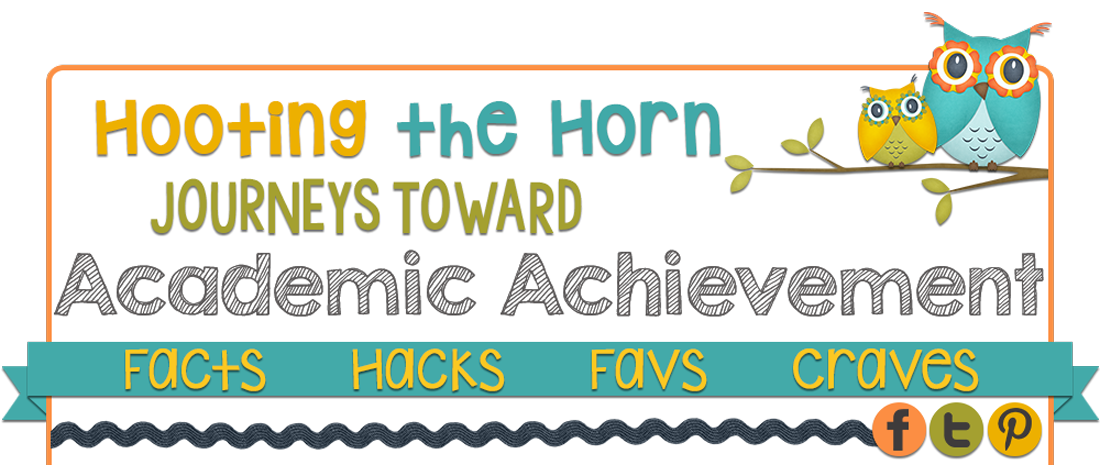 It's the Sunday after Christmas, and if you're like me, you're already searching for some great clearance deals. I'm on the hunt for wrapping paper, and some of the stores I visited are offering 50-75% off this holiday staple. Wrapping paper - also called giftwrap - is great for working on activities involving volume and surface area. So, I stock up when I can. Dollar stores always have deals on giftwrap. There's another reason I like giftwrap - it is "hidden" on the side without all the bright colors and playful prints. If you have a roll of giftwrap, you may have a cost-cutting treasure on the opposite side.
It's the Sunday after Christmas, and if you're like me, you're already searching for some great clearance deals. I'm on the hunt for wrapping paper, and some of the stores I visited are offering 50-75% off this holiday staple. Wrapping paper - also called giftwrap - is great for working on activities involving volume and surface area. So, I stock up when I can. Dollar stores always have deals on giftwrap. There's another reason I like giftwrap - it is "hidden" on the side without all the bright colors and playful prints. If you have a roll of giftwrap, you may have a cost-cutting treasure on the opposite side.Normally, a roll of coordinate grid paper costs $30 or more. For $1.00, budget-minded teachers can use the back side of giftwrap for the grids. Not all giftwrap has grids, but all of the paper I've purchased from Dollar Tree has had them. If offers an excellent alternative to basic black and white grid paper - at a fraction of the cost!
 |
| Yellow Grids Lines on Giftwrap |
Kids Love Color
Even though kids will use the back side of the paper, they are excited to use educational materials that are unique and colorful. You'll never go wrong with samples of giftwrap. If you choose giftwrap with grids, you may notice that some grid lines are darker than others, but they are noticeable.
Learning about the Cartesian Coordinate system
Cut out squares of giftwrap and distribute to students. Review the Cartesian Coordinate system with students and allow them to "take notes" on the paper. Once their notes are finished, they can fold up the sides to complete the activity.
 |
| Cartesian on Giftwrap |
Mystery Pictures and Scale Drawings
My favorite activities to use with wrapping paper grids are mystery pictures and scale drawings. Students work in pairs. One student receives standard grid paper and his or her partner receives a section of giftwrap. Students complete the mystery pictures and compare the pictures to find the scale. Students can also work individually to scale pictures.
 |
| One big, one small, and a great lesson! |






































